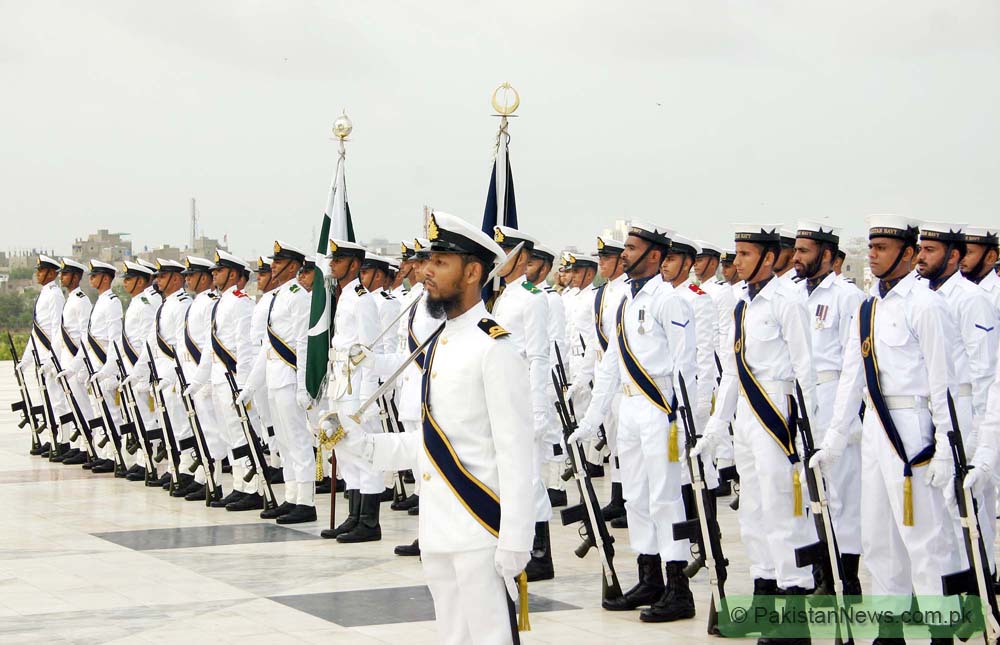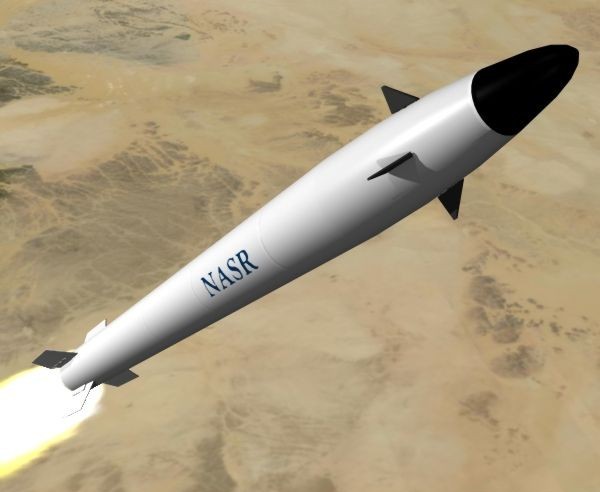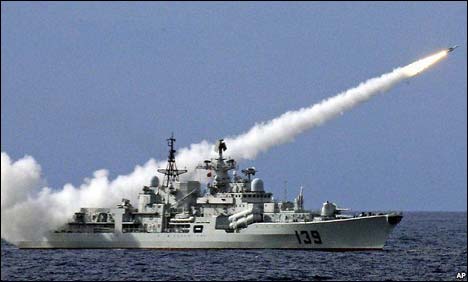According to a Navy news release, the test included “firings of a variety of modern missiles including the maiden Land Attack Missile (LAM)” and the tests “demonstrated lethality, precision and efficacy” of the Navy’s weapon systems as well as the “high state of readiness and professionalism” of the Navy.
The release also stated the test “reaffirms credibility of deterrence at sea.”
A Navy spokesman confirmed “multiple platforms were engaged” in firing missiles. The firings took place on Dec. 19 and 21.
Though the Navy has a variety of anti-ship and surface-to-air missiles, the Navy would not confirm the identity of the land-attack missile when asked.
Mansoor Ahmed from Quaid-e-Azam University’s Department of Defence and Strategic Studies, who specializes in Pakistan’s national deterrent and delivery program, believes the missile is one of two varieties: either a land attack variant of the Chinese C-802/CSS-N-8 Saccade anti-ship missile in service with a variety of naval platforms; or a variant of the HATF-VII/Vengeance-VII Babur cruise missile.
“Coupled with a miniaturized plutonium warhead, a naval version of the several hundred kilometer-range Babur [land attack cruise missile] or a 120-kilometer range C-802 missile can potentially provide Pakistan with a reliable if not an assured second strike capability and will complete the third leg of Pakistan’s eventual triad-based credible minimum deterrent — of which the naval leg was missing until now,” he said.
A land-attack variant of the C-802 would be able to be fired from existing launchers aboard Pakistani ships.
Ahmed however pointed out that M. Irfan Burney — chairman of the National Engineering and Scientific Commission (NESCOM), the research and development body that designed and manufactured the Babur cruise missile — witnessed the test firings. Ahmed believes that supports the notion that the missile was the Babur.
Burney was joined by Chief of Naval Staff Adm. Muhammad Asif Sandila, onboard the F-22P class frigate Zulfiquar.
The test comes seven months after Pakistan inaugurated the Naval Strategic Force Command. The Babur, once integrated with an operational naval command and control, “will help diversify the options available to counter India’s growing second strike capabilities at sea,” Ahmed said.
He said the Navy will be able to “strike critical counter-value and other strategic targets all along India’s coastline and maintain a semblance of strategic stability in the Arabian Sea.”
“Pakistan’s response in this field was necessary in the face of an exponential increase in Indian strategic capabilities, such as ballistic-missile defenses and the induction of SSBNs [ballistic-missile submarines] and planned $40 billion worth of naval weapons platform acquisitions over the next decade,” he added.
Ahmed said a “nuclear-tipped [land-attack cruise missile] is a readily available and affordable alternative for Pakistan instead of a dedicated SSBN.”
With an economy in chronically poor shape, the question of affordability and meeting the Navy’s expansion requirements in the face of a shortage of funds is a pressing concern.
However, after witnessing the test firings and voicing his appreciation of the operational preparedness of the fleet, Sandila also said the government was “cognizant of PN’s developmental needs and all out efforts are being made to address critical capability gaps.”







 Hangor (Daphne) Submarine
Hangor (Daphne) Submarine Hashmat (Agosta 70) Submarine
Hashmat (Agosta 70) Submarine Khalid (Agosta 90B) Submarine
Khalid (Agosta 90B) Submarine






